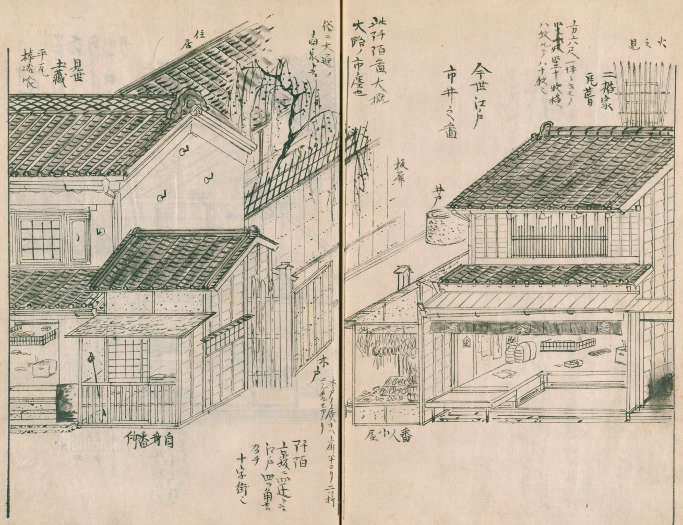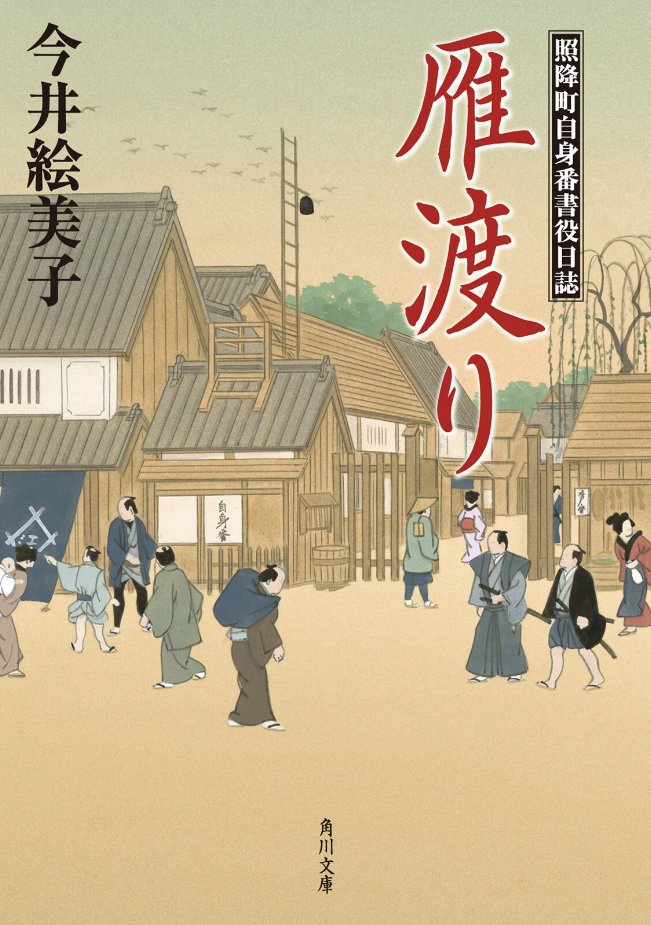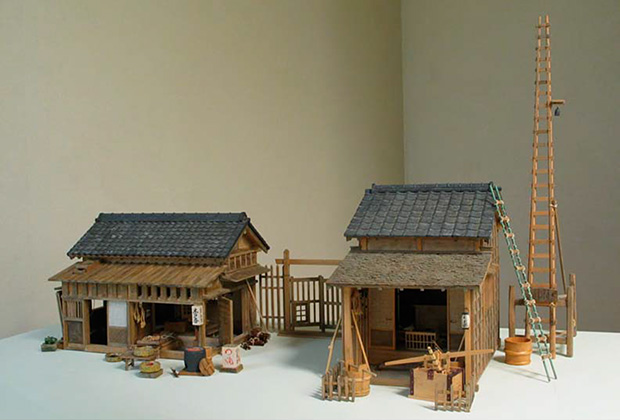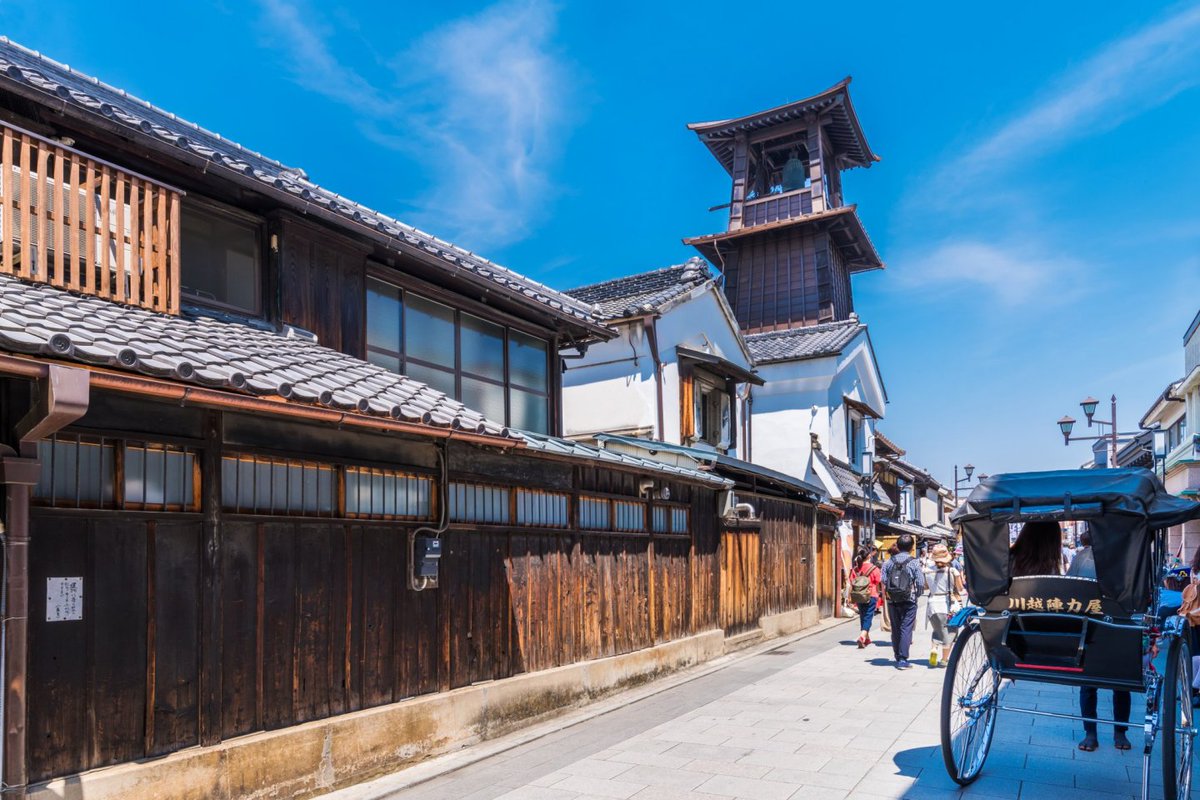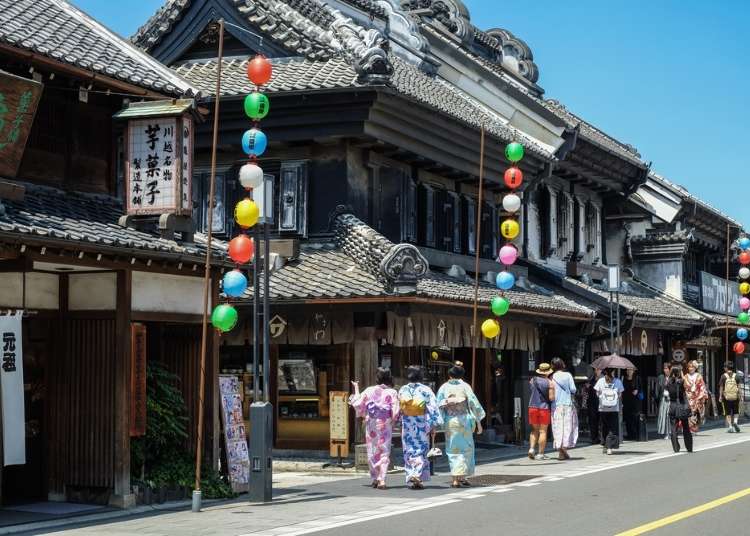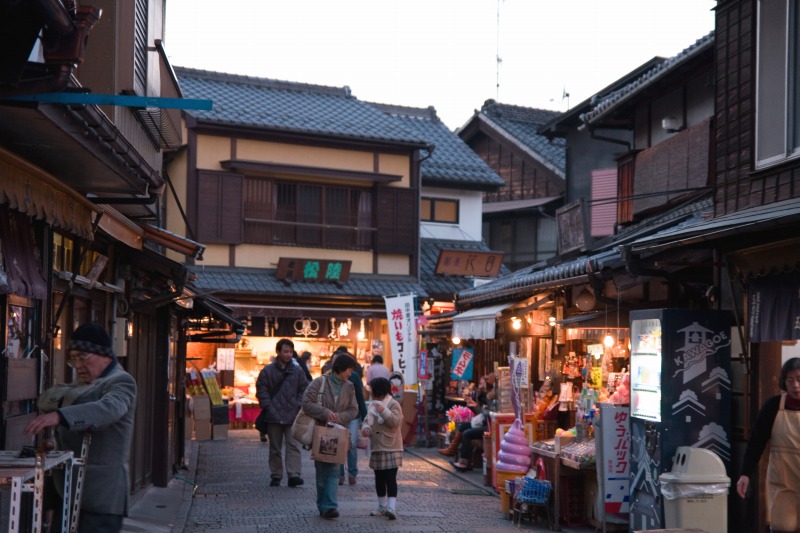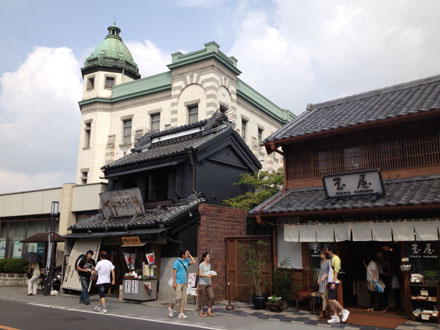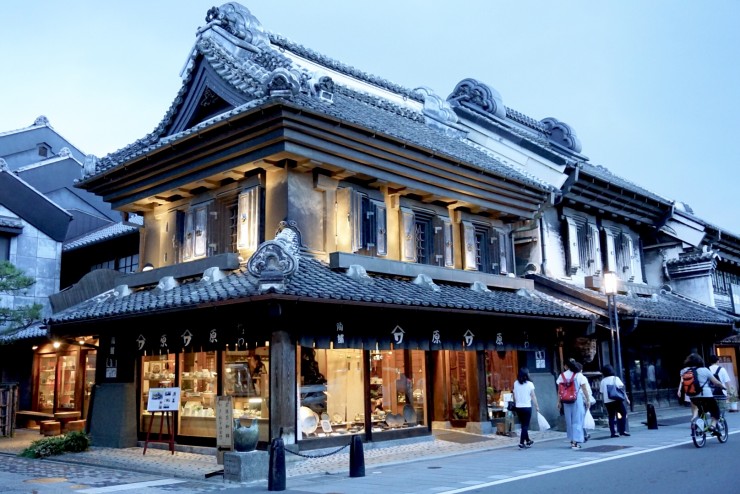
Know your natural street stone (left to right):
1. Cobbles, any shape without six clear sides.
2. Setts, quarried stones with six clear sides.
3. Cubes, setts with six identical sides.
4. Flags, flat stone slabs, often cut.



1. Cobbles, any shape without six clear sides.
2. Setts, quarried stones with six clear sides.
3. Cubes, setts with six identical sides.
4. Flags, flat stone slabs, often cut.




Often the price of materials goes up from cobbles to flags, and also user friendliness (cubes are often used in patterns which is beautiful but raises the price). In practice they are usually combined, in any possible combination, as in this charming street in Lincoln, England. 

Except for cobbles, most stones are tooled (chiseled) to make the top side flatter. Some are sawn to ensure a perfect level top. Patterns can also be hammered or chiseled into stones for decorative effect or to help provide a better grip. 

So why did people in the old days build with uneven cobblestones? Mainly, because the material was free and available almost anywhere, on site or nearby. It was also good for horses. Today, apart from the decorative effect, it is probably better to use flagstones or setts. 



Many modern cities suffer from "over-zealous paving", which is a waste of resources and can make flooding worse and water management more difficult. In many cases just paving the bits that seems to get the most use is a far better/cheaper solution. Here's two Japanese examples. 



• • •
Missing some Tweet in this thread? You can try to
force a refresh

